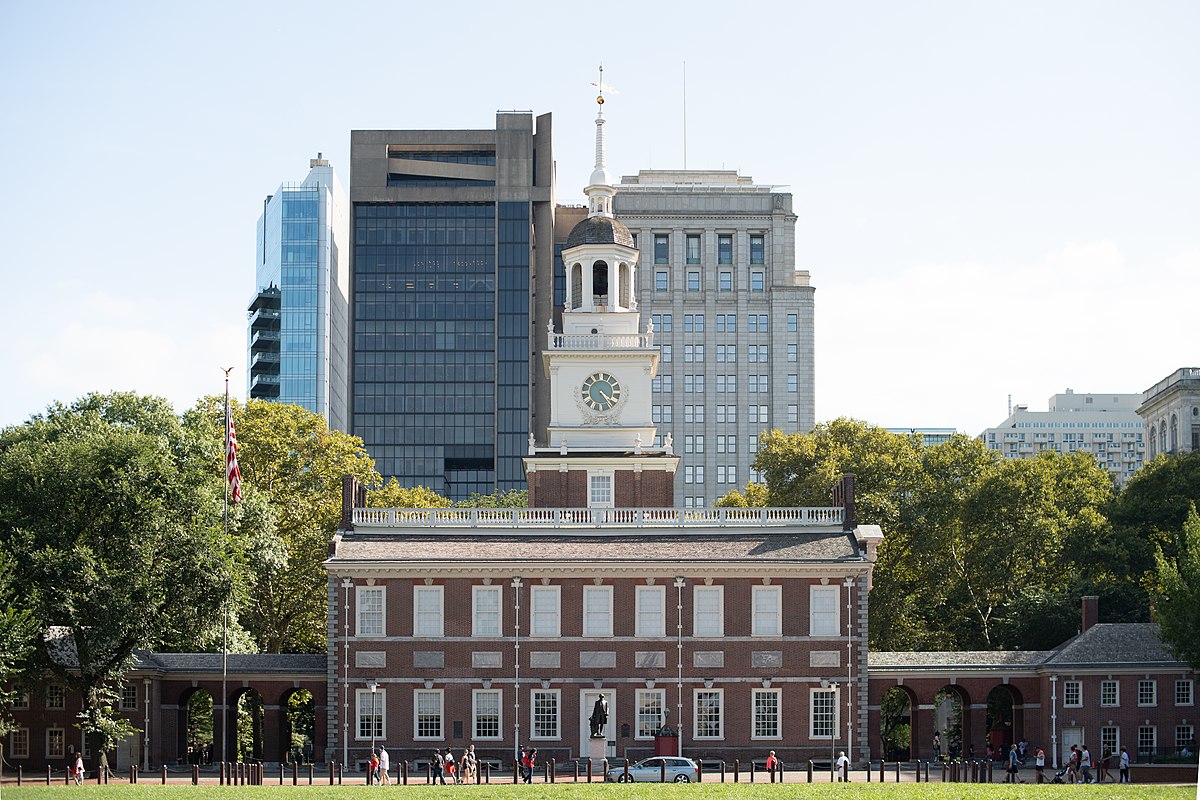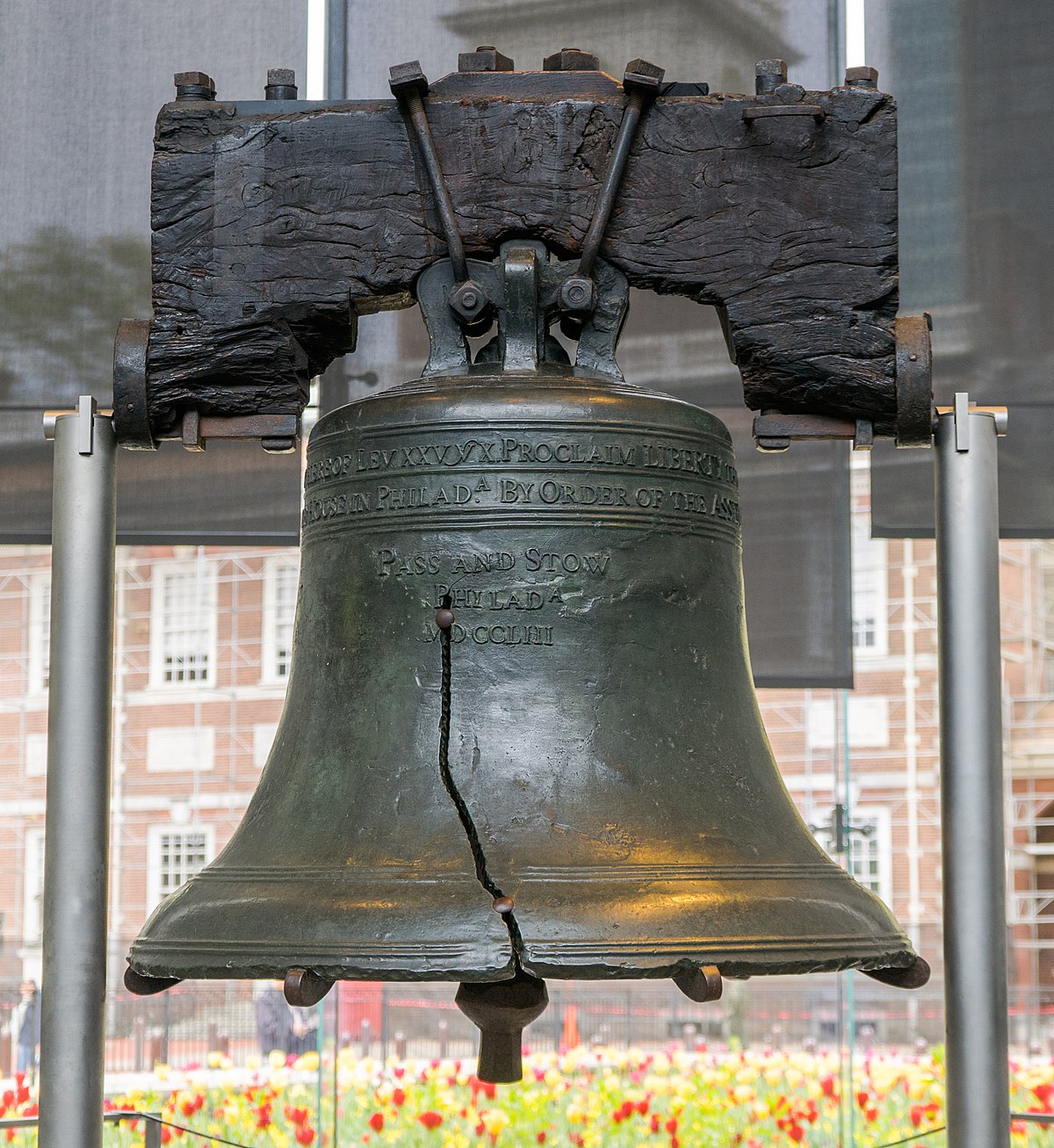
One of the most notable events at City Tavern was the first-ever Fourth of July celebration in 1777. Just a year after the Continental Congress approved the Declaration of Independence, this historic tavern hosted the initial commemorative festivities marking America's independence. Despite the ongoing Revolutionary War, the celebration brought together Philadelphia's elite for a formal gathering, which contrasted sharply with the informal, backyard barbecues commonly associated with modern Independence Day. The event highlighted the tavern's role as a center for political and social engagement during the birth of the nation.
In addition to the first Fourth of July celebration, City Tavern also served briefly as the Continental Army's headquarters a month later. It was a favored meeting place for revolutionary leaders and the site of significant discussions and dinners among the signers of the Constitution. Despite suffering damage from a fire in 1834 and eventual demolition in 1854, the tavern's legacy endures through its reconstruction in 1975 and its representation of colonial American public life. Physical evidence of its historical prominence is preserved within the Independence National Historical Park.[1][3][7]















